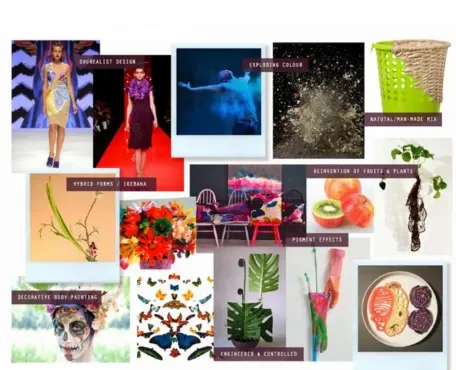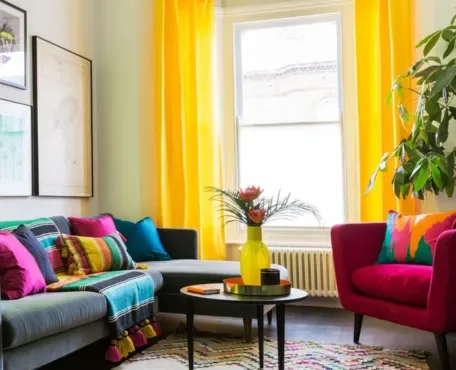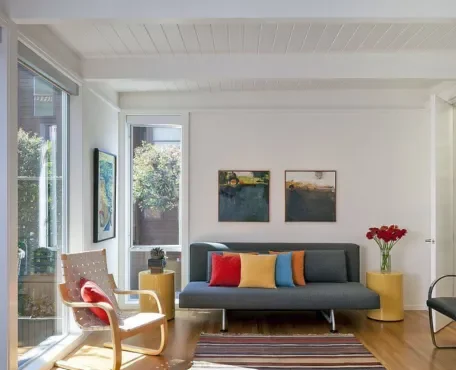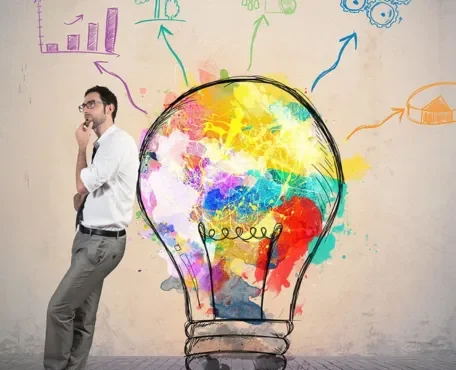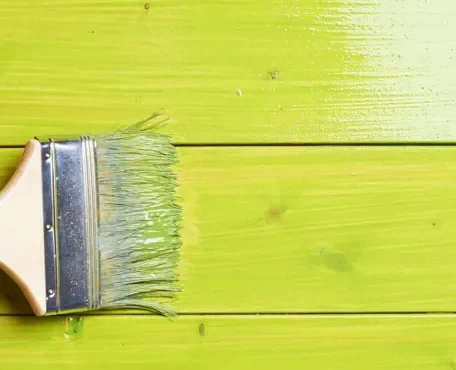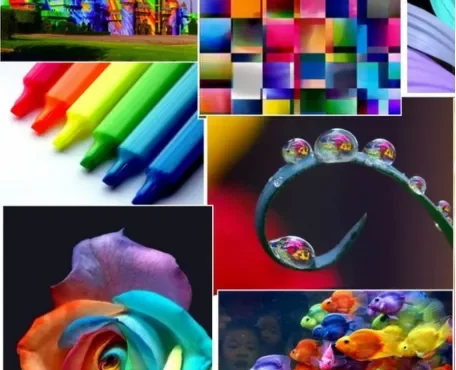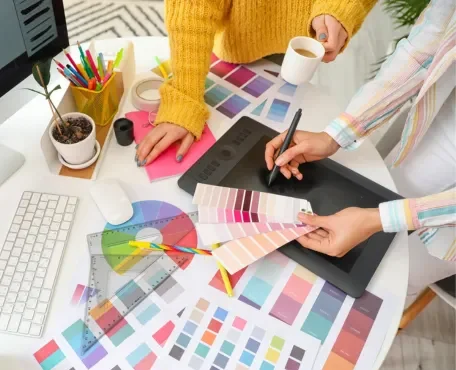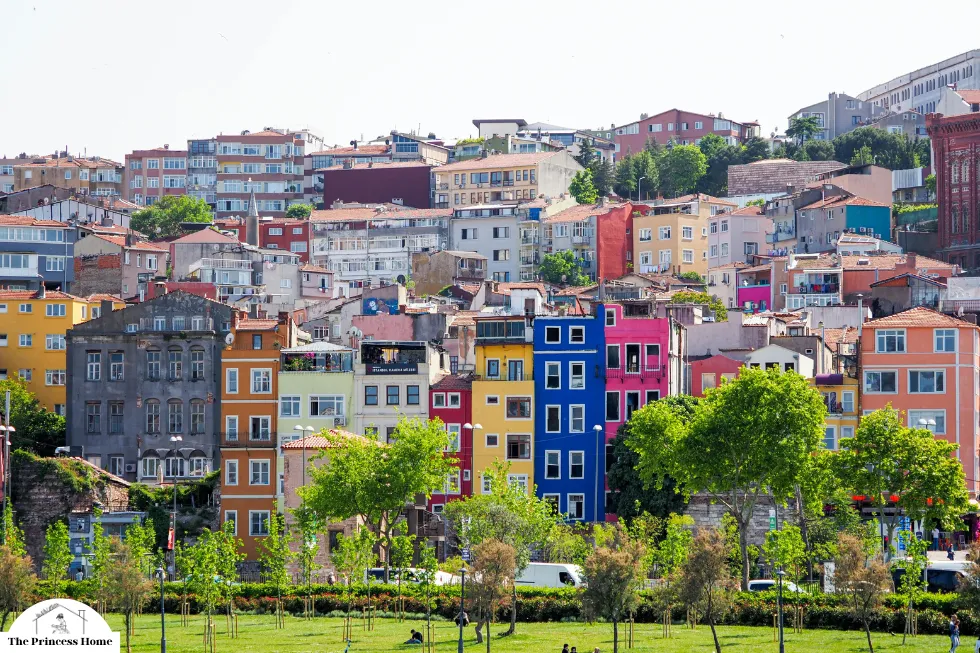
The Role of Color in Interior: Color is one of the most powerful tools in interior design, capable of transforming a space from dull and lifeless to vibrant and inviting. The strategic use of color can evoke emotions, influence perceptions, and even affect behavior. From calming blues to energizing yellows, each hue carries its own unique psychological impact.
In this article, we explore how designers can harness different colors to create specific moods and atmospheres within a space by delving into the intricate world of color psychology and its application in interior design.
Understanding Color Psychology:
Before delving into the practical aspects of incorporating color into interior design, it’s essential to grasp the fundamentals of color psychology. This field examines how colors impact human emotions, perceptions, and behaviors. While individual reactions to color can vary based on personal experiences and cultural backgrounds, certain general principles apply across different contexts.
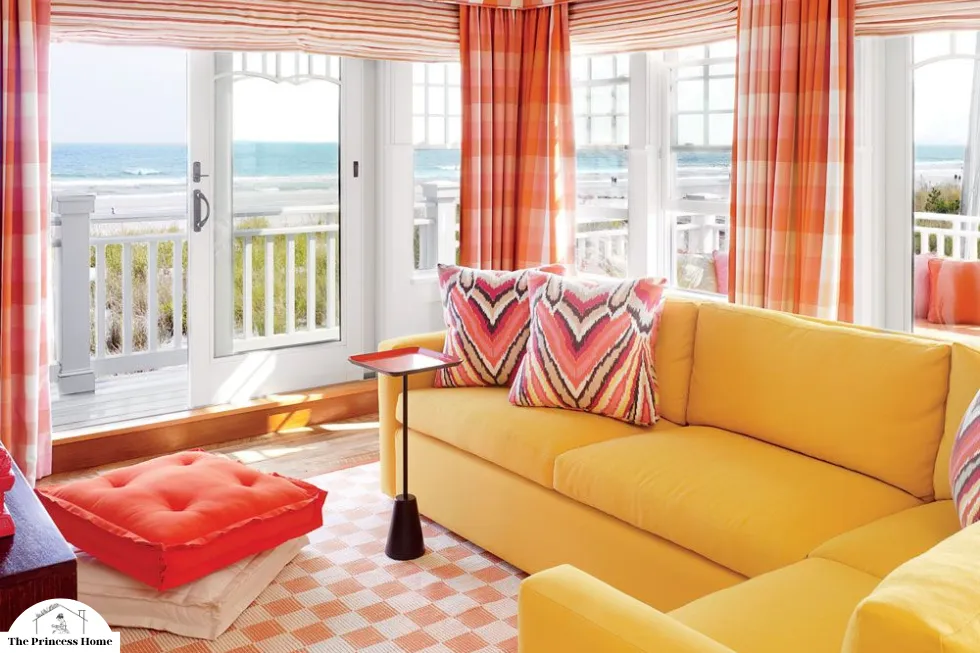
Warm colors
Reds, oranges, and yellows are often associated with energy, warmth, and stimulation. They can evoke feelings of excitement, passion, and vitality, making them ideal for spaces where social interaction and activity are encouraged.
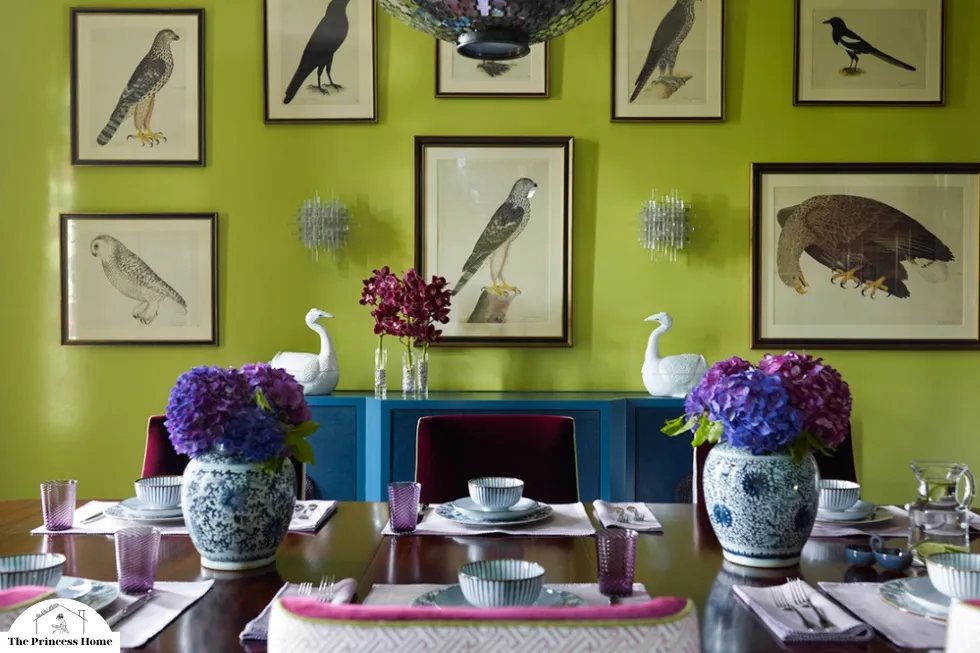
Cool colors
Blues, greens, and purples are known for their calming and soothing properties. These hues can promote relaxation, serenity, and introspection, making them well-suited for bedrooms, spas, and other areas dedicated to rest and rejuvenation.
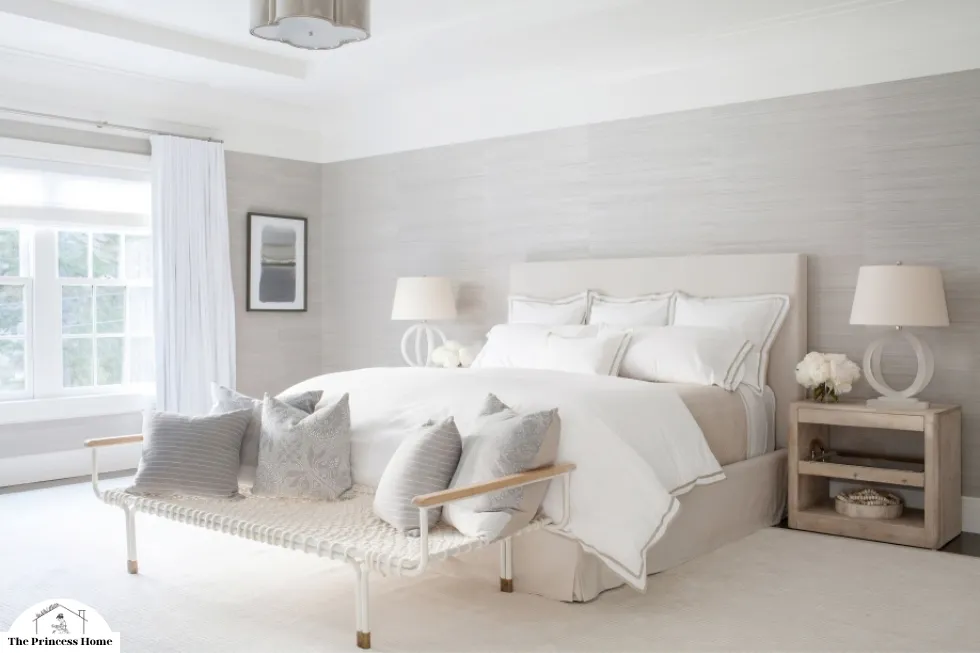
Neutral colors
Whites, grays, and beiges serve as versatile backdrops that can complement virtually any color scheme. They evoke a sense of simplicity, sophistication, and timelessness, allowing other elements within a space to take center stage. Additionally, neutrals can help balance out more vibrant hues, preventing them from overwhelming the senses.
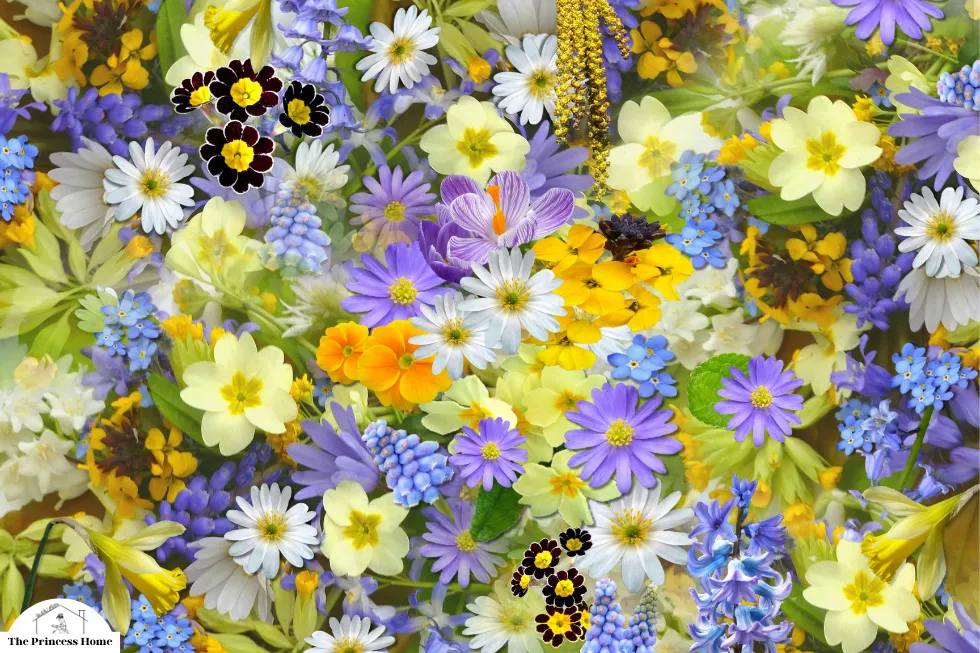
Creating Mood and Atmosphere:
With a basic understanding of color psychology in hand, designers can begin to craft spaces that evoke specific moods and atmospheres. The key lies in selecting the right colors and using them in appropriate combinations and proportions.
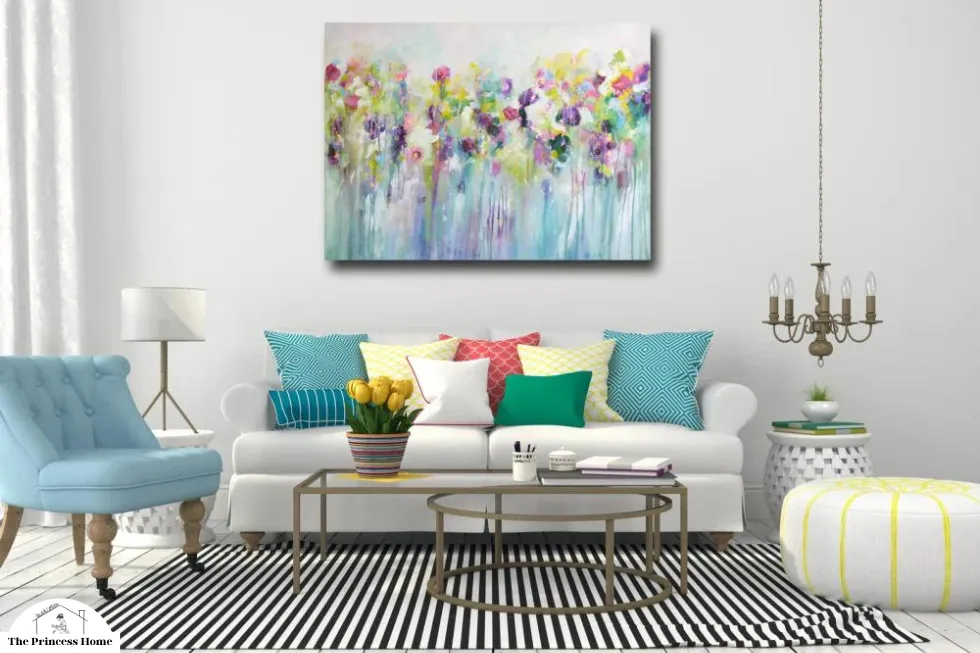
For instance, a cozy living room intended for relaxation and leisure might feature a warm color palette dominated by soft shades of beige, or taupe, and ivory. Designers can incorporate accents of muted blues or greens to add a touch of tranquility, while they can inject energy and warmth into the space with pops of warm orange or yellow. Soft, textured fabrics and natural materials like wood and stone further enhance the inviting ambiance, creating a sanctuary where occupants can unwind after a long day.
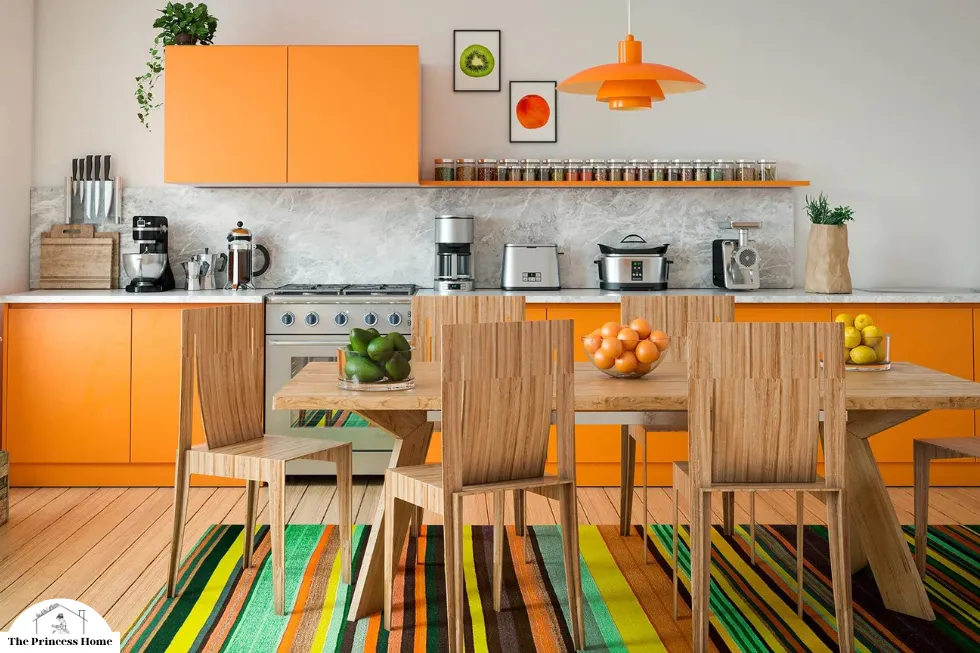
In contrast, a vibrant kitchen designed to inspire creativity and productivity might embrace a bold color scheme with rich tones of red, orange, or yellow. These hues can stimulate the appetite and foster a sense of excitement, making cooking and dining more enjoyable experiences. To prevent the space from feeling overwhelming, designers can balance out the bold colors with crisp white countertops, stainless steel appliances, and sleek, modern furnishings. The result is a dynamic yet harmonious environment that encourages culinary experimentation and social interaction.
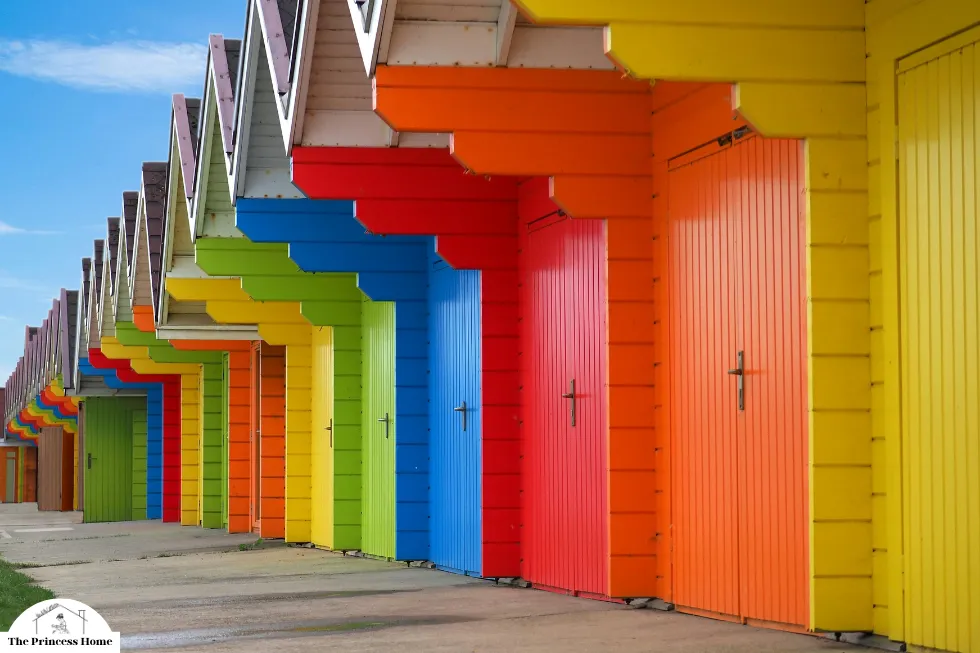
Incorporating Color Trends:
While timeless color schemes have their place in interior design, staying abreast of current color trends can add a contemporary flair to any space. Designers often draw inspiration from fashion, art, and pop culture to identify emerging color palettes that resonate with modern sensibilities.
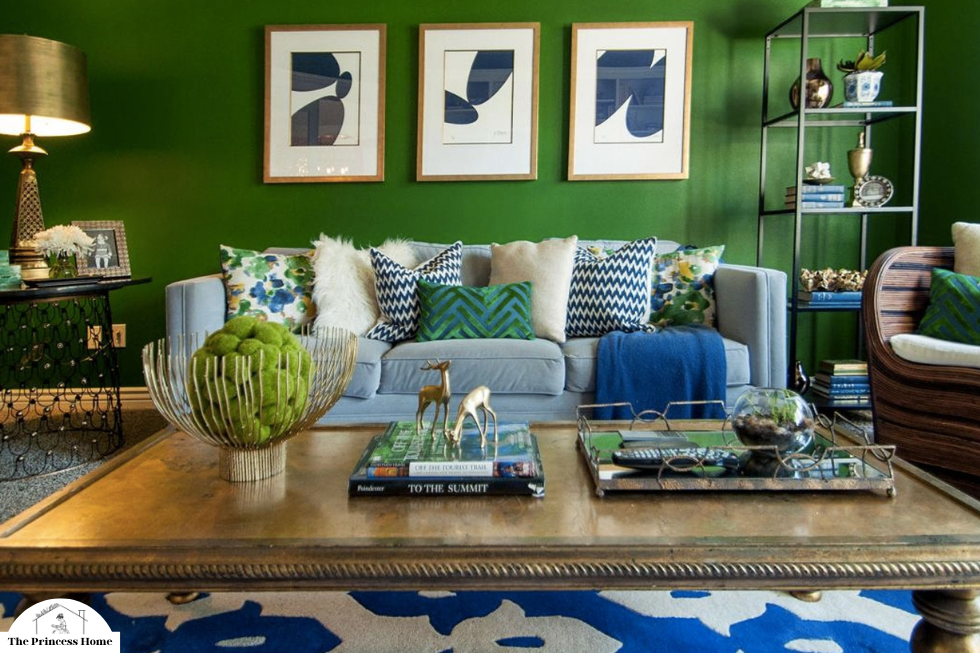
Biophilic design
For instance, the rise of biophilic design has brought nature-inspired colors such as earthy greens, soft blues, and warm browns to the forefront. These organic hues evoke a sense of connection to the natural world, promoting feelings of calmness, balance, and well-being. Incorporating elements of nature, such as indoor plants, natural wood accents, and textured textiles, can further enhance the sense of harmony and tranquility within a space.
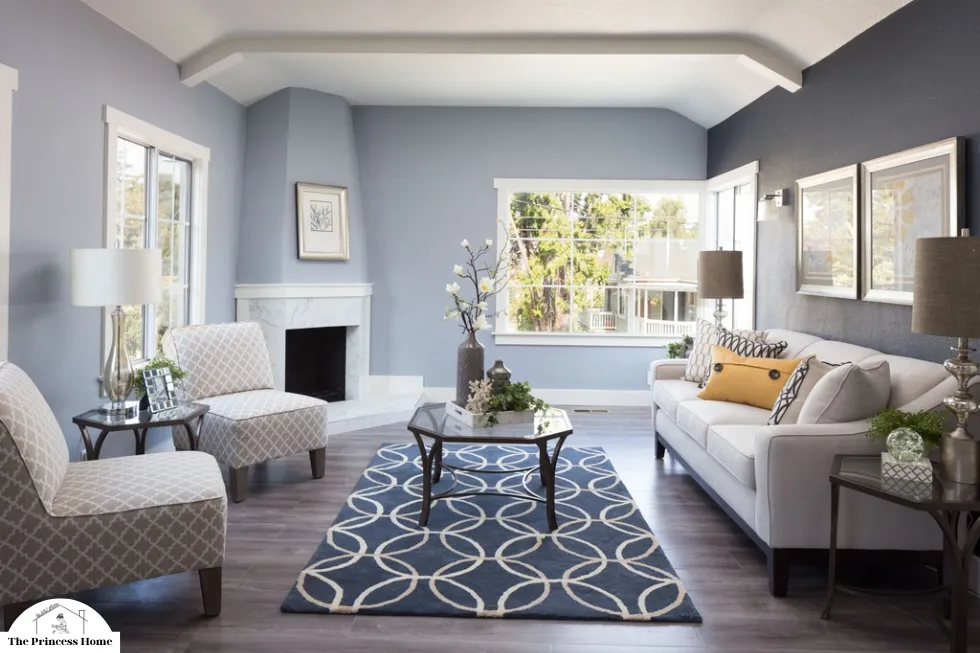
Similarly, minimalist design trends have popularized monochromatic color schemes characterized by subtle variations of a single hue. Shades of gray, taupe, or navy blue create a sense of understated elegance and sophistication, while allowing architectural details and furnishings to shine. This approach particularly suits small spaces or modern interiors where simplicity and clarity hold value.
Conclusion:
Color is undeniably one of the most powerful tools in interior design, capable of transforming a space from ordinary to extraordinary. Its ability to evoke emotions, influence perceptions, and shape experiences makes it an indispensable element in creating environments that are not only visually stunning but also deeply resonant with their occupants.
Throughout this exploration of color in interior design, we have seen how different hues can be strategically employed to achieve specific objectives. From creating a sense of spaciousness in cramped quarters to fostering intimacy in vast expanses, color has the power to shape the mood, atmosphere, and functionality of a space in profound ways.
Understanding the principles of color psychology, designers can harness the psychological effects of color to create environments that cater to the needs, preferences, and aspirations of those who inhabit them. Whether it’s a tranquil retreat, a vibrant social hub, or a productive workspace, the strategic use of color allows designers to craft spaces that not only look beautiful but also feel harmonious and inviting.
As trends evolve and design preferences shift, the role of color in interior design will continue to evolve, reflecting changing tastes, lifestyles, and cultural dynamics. Yet, amidst this ever-changing landscape, one thing remains constant: the transformative power of color to elevate the human experience and enrich the spaces we inhabit. By embracing color as a fundamental element of design, designers can unlock new possibilities for creativity, expression, and connection, ensuring that every space tells a compelling and meaningful story.
Frequently Asked Questions about Color in Interior Design:
1. How do different colors affect mood and atmosphere in interior design?
Different colors have distinct psychological effects on mood and atmosphere. Warm colors like reds, oranges, and yellows tend to evoke feelings of energy, warmth, and excitement, making them suitable for spaces that encourage social interaction. On the other hand, cool colors like blues, greens, and purples have a calming and soothing effect, making them ideal for areas dedicated to relaxation and contemplation.
2. Can neutral colors be used to create a specific mood in interior design?
Yes, neutral colors such as whites, grays, and beiges serve as versatile backdrops that can set the tone for a space without overpowering it. While people often associate neutral tones with simplicity and elegance, designers can also manipulate them to evoke different moods depending on their undertones and the context in which they use them. For example, warm neutral tones can create a cozy and inviting atmosphere, while cool neutrals can impart a sense of modernity and sophistication.
3. How can color trends be incorporated into interior design without dating a space?
While it’s essential to stay current with color trends, it’s equally important to balance trendiness with timelessness in interior design. To incorporate color trends without dating a space, designers can focus on using trendy colors as accents rather than dominant features. This allows for easy updates as trends evolve while maintaining a foundation of classic, neutral tones that stand the test of time.
4. Are there any rules or guidelines for combining colors in interior design?
While there are no hard and fast rules for combining colors in interior design, there are several guidelines that designers often follow to create harmonious color schemes. One common approach is the 60-30-10 rule, which dictates that 60% of the room should be a dominant color, 30% should be a secondary color, and 10% should be an accent color. Additionally, designers may consider factors such as color temperature, complementary or analogous color schemes, and the psychological effects of different hues when selecting and combining colors.
5. How can color be used to enhance the functionality of a space in interior design?
Designers can strategically use color to enhance the functionality of a space in interior design. For example, in a workspace or study area, cool, calming colors like blues and greens can promote focus and concentration, while warm, energizing colors like yellows and oranges can stimulate creativity and productivity. Similarly, in healthcare environments, soothing colors can help reduce stress and anxiety among patients, while vibrant colors can create a more cheerful and uplifting atmosphere.
6. Are there any cultural considerations to keep in mind when selecting colors for interior design?
Yes, cultural considerations play a significant role in color selection for interior design. Colors can have different meanings and associations in different cultures, so it’s essential to be mindful of cultural sensitivities and preferences when designing spaces for diverse populations. For example, while Western cultures may symbolize purity and simplicity with white, many Asian cultures often associate it with mourning and funerals. Designers should research and understand the cultural significance of colors to ensure that their design choices are respectful and inclusive.


